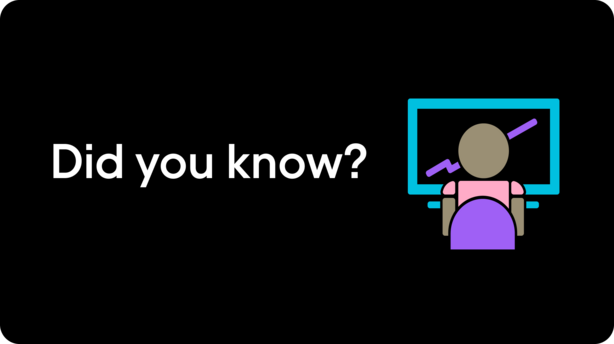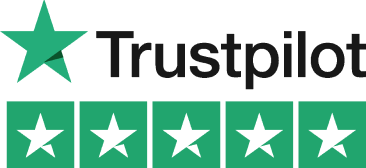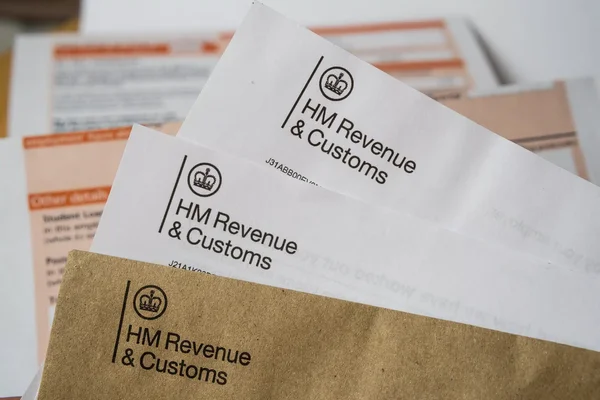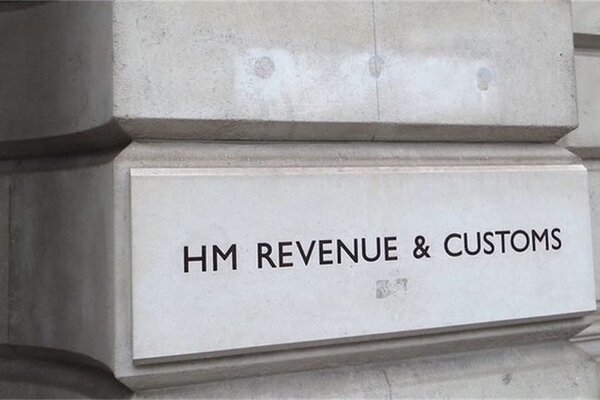Understanding CEST and Employment Status

When considering the transition from traditional employment to self-employment, the Check Employment Status for Tax (CEST) tool is crucial in determining your employment status for tax purposes.
CEST is designed by HMRC to help businesses check if a worker should be classified as employed or self-employed. However, navigating the nuances of CEST, especially for remote work, can be tricky.
You may be faced with questions from your current or prospective clients/employers that could impact your classification. Specifically, the question "Does your organisation have the right to decide where the worker does the work?" can be pivotal in this determination. Responding incorrectly can unintentionally classify you as 'employed,' affecting both your tax obligations and your flexibility as a remote worker.
The Control Factor
The element of control in CEST is significant. When you have control over your working hours and location, it tilts the balance towards self-employment. However, if your organisation imposes restrictions on where and when you perform your work, it might suggest an employment relationship. Attending occasional meetings or conferences should not necessarily equate to being under an employer's control. It's crucial to specify in your contractual agreements that attendance at such events is a mutual agreement rather than a mandate.


Specifying Contractual Flexibility
Your contract should outline that while you may attend certain meetings or events, these are exceptions rather than the norm. Defining specific instances where you agree to such terms can help showcase your autonomy. Ensuring that you have freedom over other aspects of your work environment and time can strengthen your case of being self-employed.

Recent statistics show that the number of self-employed individuals in the UK has reached over 4.75 million. Understanding CEST implications has become more relevant than ever. Secure your status by addressing control elements clearly.UK’s Rising Self-Employment Numbers

The trend towards remote work has surged, with recent data indicating that over 50% of UK’s workforce engaged in remote working at some point during 2020. This shift underscores the importance of proper CEST navigation for maintaining self-employment status.Remote Work Trends Growth

Crafting Your CEST Responses
When completing the CEST questionnaire, it's important to distinguish between occasional and regular control. Highlight that your remote work allows you the flexibility to choose your working environment and hours without daily oversight. Though you may attend annual events or quarterly meetings, these should be seen as rare instances where mutual agreement, rather than control, is exercised by the organisation.
Furthermore, ensure other CEST questions reflect your autonomy. If your work assignments and methods are decided by you, and you have no manager overseeing your daily activities, these are strong indicators of self-employment. Documenting this independence in your contracts and daily work practices provides a solid foundation for responding to CEST inquiries confidently.
Expert Assistance for Accuracy
Navigating the intricacies of the CEST tool can be stressful. Using the Pie Tax App or engaging expert tax assistants available on the Pie app can streamline this process. Their expertise can guide you through each step, ensuring your responses accurately reflect your self-employment status without falling into the 'employed' category. This assistance is crucial in creating a clear distinction between occasional consultations and control over your routine work.

Tips for Navigating CEST for Remote Work

Clarify the terms of your working arrangements. Ensure your contract explicitly states your independence and control over how and when you complete your work.Understand Your Working Arrangements

Manage your own finances, including invoicing and expenses, independently. Demonstrating financial control is key to maintaining self-employed status and avoiding classification as an employee.Maintain Financial Control

Keep detailed records of your working practices, including decision-making processes and project management. This documentation supports your claim of being self-employed.Document Your Work Practices

Fun Fact on Remote Work
Did you know? The concept of remote work dates back to the 1970s when Jack Nilles, a NASA engineer, coined the term “telecommuting” while exploring remote work possibilities.
Practical Steps to Navigate CEST

The key to successful CEST navigation lies in providing clear and concise answers that reflect your autonomy. Ensure that your contract emphasises control over your working conditions, while mutual agreements are framed as exceptions. Document your work processes to showcase independence, and always consult with tax experts to verify your status.

Highlighting your ability to choose work methods solidifies your self-employment status. Aim to prove that your engagement is project-based and not controlled by specific instructions from clients.Defining Work Autonomy

Write specific clauses in your contract outlining your freedom to work from any location, barring specified events. This can prevent misinterpretation of control and maintain your self-employed classification.Contractual Clauses
Summary
Navigating the CEST for remote work requires a strategic approach to answering questions that reflect your control and autonomy over your work. Ensuring that contracts and practices clearly delineate the occasional nature of client-imposed requirements is essential.
With tools such as the Pie Tax App and expert assistance available on the Pie app, you can confidently manage your employment status. By focusing on flexibility and independence in your daily working practices, you can maintain self-employment status, optimise your tax obligations, and enjoy the benefits of remote work.
Frequently Asked Questions
What is CEST and why is it important?
CEST (Check Employment Status for Tax) is an HMRC tool that determines if a worker should be classified as employed or self-employed for tax purposes. Understanding and correctly navigating CEST is essential to ensure compliance and appropriate tax liability.
How do I handle a client requesting control over my work location?
Clearly define in your contract that any occasional meeting attendances are mutually agreed and not indicative of regular control. This can help maintain your self-employed status.
Can attending conferences affect my employment status?
Attending conferences or meetings occasionally, by mutual agreement, should not affect your self-employed status. Clearly outline these terms in your contract to reflect this.
How can the Pie Tax App assist with CEST?
The Pie Tax App, along with the expert tax assistants available on the Pie app, can help you navigate CEST questions accurately. Their guidance ensures your responses reflect your self-employment status correctly.
What future trends might affect CEST?
We can anticipate more detailed queries in tools like CEST to better distinguish control aspects. Staying informed about these changes and adjusting your contracts accordingly is crucial for maintaining compliance.











